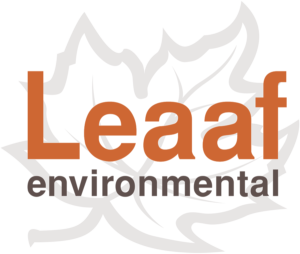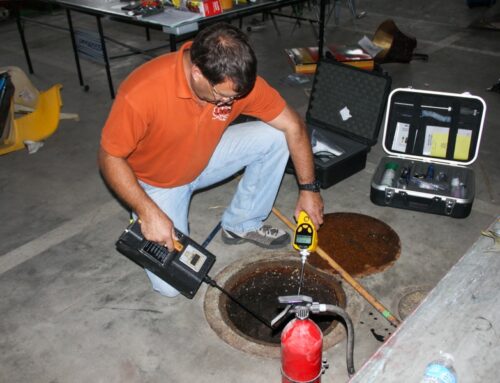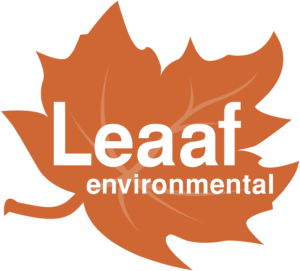If you move forward with a property purchase or development after performing a Phase I Environmental Site Assessment (ESA), you may need a Phase II ESA. While a Phase I ESA provides an overview of a property’s environmental history and potential risks, a Phase II ESA is a more detailed investigation into those risks.
You typically conduct a Phase II ESA when a Phase I ESA identifies potential recognized environmental conditions or if there is a history of hazardous materials on the property. The goal is to confirm the presence or absence and to identify the nature of the contamination, if present.
The Phase II ESA process can involve several activities, including soil and groundwater sampling, testing of building materials, and investigation of potential sources of contamination. The scope of the investigation follows the most current ASTM International E1903 Standard Practice for Environmental Site Assessments: Phase II Environmental Site Assessment Process and will ultimately depend on the specific recognized environmental conditions identified in the Phase I ESA report.
An Environmental Consulting firm will develop a sampling plan and coordinate with laboratory services to analyze the samples. The investigation results will be compiled into a report that provides a detailed summary of any contamination found on the property with recommendations for additional investigation or remediation if needed.
If the Phase II ESA identifies an environmental impact, the next step may be an additional evaluation to determine the extent of contamination. Remediation may be required. The remediation method is dependent on the nature and extent of the contamination. Some common remediation techniques include excavation and removal of contaminated soil, removal of underground storage tanks, in-situ treatment of contaminated groundwater, and containment and disposal of hazardous materials.
As you can see, the environmental process can end up being lengthy and depending on the results, costly. It is, therefore, essential to identify potential environmental concerns early in the process to avoid surprises down the road.
If you are considering purchasing or developing a property, remembering to do your environmental due diligence is highly advised. It is a crucial step in ensuring that your project is on solid environmental footing and avoiding costly surprises in the future.
If you are looking into purchasing or developing property, our team of expert environmental consultants will gladly advise you at info@leaaf.com.





